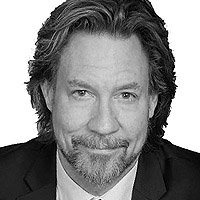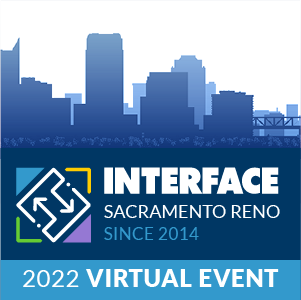Presented by Michael Dietrich • Chief Technology Officer, Greater Nevada Credit Union
We keep hearing about the “new normal.” The pandemic brought about many changes. Demand for digital services increased. Remote work became the rule rather than the exception. And as more and more workers decide to pursue other passions it has become increasingly difficult to recruit qualified candidates, resulting in businesses offering worker flexibility and accommodations to expand the talent pool. This sea change has prompted businesses to rethink the workplace permanently. The idea of the “office” or the “campus” as defined physical space is becoming an archaic idea.
Technology professionals were the enablers of this change. During the pandemic, we solved problems to keep business and commerce running – because we were the only ones who could. Now that the new ways of working that were necessary for continuity of business are being permanently adopted, technology shops need to continue to adapt quickly. We no longer have the luxury of reduced budget and resource constraints to make things happen quickly during a crisis. As speed was the priority over quality during that time, we now need to mitigate gaps in the solutions provided. Most importantly, our teams are not simply supporting these changes. Our ways of working have changed dramatically as well. We as technology leaders need to adapt to new leadership, culture, and engagement challenges.
Greater Nevada Credit Union Chief Technology Officer Mike Dietrich discusses what this means to us as IT leaders, and the implications on IT support, security, and ways of working within technology support organizations.
Presented by: Michael Dietrich / Chief Technology Officer, Greater Nevada Credit Union
Michael is currently the Chief Technology Officer for Greater Nevada Credit Union. In his 30-year career as a technology professional and leader, he has served as Chief Information Officer for the State of Nevada and held senior leadership roles at Microsoft, LinkedIn, Rackspace, and Ericsson. He has contributed to industry-changing innovations in media delivery, gaming, open hardware platforms, and AV communications.
Michael’s passion is finding the truly meaningful ways that technology can lead to better business outcomes and enhance our lives. To this end he is often heard using the phrase, “Know what done looks like,” which means seeing the result from the point of view of the customer, regardless of their technical skill level, to ensure that a technology solution delivers what is needed seamlessly and effortlessly.
In his words “IT has elevated from a basic requirement to a business enabler. It is now evolving from a business enabler to becoming the core of the business model itself regardless of the industry – an idea further solidified during the pandemic. As such, any conversation about the benefits of a solution should not be about the technology itself, but about what the solution can do for us. The technology we use impresses no one. What we accomplish with it is everything.”


